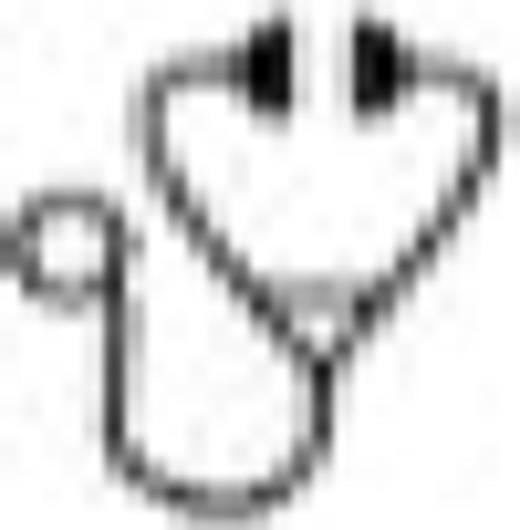Abstract

Introduction: The BCR-ABL1 translocation is a hallmark of chronic myeloid leukemia (CML). As levels of BCR-ABL1 reflect leukemia burden, quantitation of BCR-ABL1 transcripts with reverse-transcription quantitative polymerase chain reaction (RT-qPCR) has become an essential tool that defines molecular responses in CML monitoring. The prognostic significance of molecular responses has been established by large-scale clinical trials. Achieving designated levels of BCR-ABL1 on the international scale (IS) within specific time frames is an important measure for assessing patient response, probability for relapse and progression, and overall survival. Recent evidence suggests that achievement of MR4.5 at 4 years may portend a better survival than those who achieve 0.1-1% IS (MR3-MR2). With deeper responses generated by second-generation tyrosine kinase inhibitors at a higher frequency, need for detecting a very low level of minimal disease has been increasing. Herein, we evaluate the performance of Asuragen's Quantidex™ (QDX) BCR-ABL IS CMR Kit to determine if the method would meet this need.
Materials and Methods: Forty-nine samples with BCR-ABL1 IS values previously determined by a clinically validated BCR-ABL1 RT-qPCR assay (Ipsogen BCR-ABL1 Mbcr Kit) were reevaluated with the Asuragen QDX BCR-ABL assay. Samples were tested in singlet by two operators over four independent runs using an ABI 7500 FAST instrument, software version V2.0.6. The auto threshold setting was used for BCR-ABL1 analysis; ABL1 analysis was performed using a manual threshold. The analytical specificity of the assay was assessed with six non-CML leukemic RNA samples from cell lines. Assay linearity was evaluated using a set of BCR-ABL1 positive cell line dilutions ranging from MR1.0-MR4.0, while precision was established testing this set of cell line dilutions an additional three times each in quadruplicate between two operators. The limit of detection of the assay was determined using four contrived, pre-diluted human-derived specimens with BCR-ABL1 values ranging from MR4.0 to MR 4.9 at 0.1 intervals.
Results: There was 96% concordance between the Ipsogen and the QDX BCR-ABL assay results. Two clinical samples that were historically positive for BCR-ABL1 transcripts, and later tested negative using the Ipsogen assay were detected as weak positives by the QDX BCR-ABL assay. Repeat testing of one of the samples with the QDX BCR-ABL assay confirmed the low positive result. All non-CML samples tested negative for BCR-ABL1. One sample yielded a low positive result. Repeat testing yielded the expected negative result. Results were linear between 0.1 and 10% IS. A few outliers were detected above 10% IS, at which point, greater variation is expected. BCR-ABL1 transcripts were detectable down to MR4.9 (0.0013% IS); however, the results were not reproducible for all tested replicates. BCR-ABL1 transcripts were reproducibly detected down to MR4.5. Assay precision was high at 0.1-10%IS values (CV% of 7.5-8.7%), and decreased at %IS values greater than 10% IS and less than 0.1% IS.
Conclusions: The QDX BCR-ABL IS CMR Kit is a robust and sensitive assay that generates results sufficient for studies in low-level molecular responses.
No relevant conflicts of interest to declare.
Author notes
Asterisk with author names denotes non-ASH members.

This icon denotes a clinically relevant abstract

